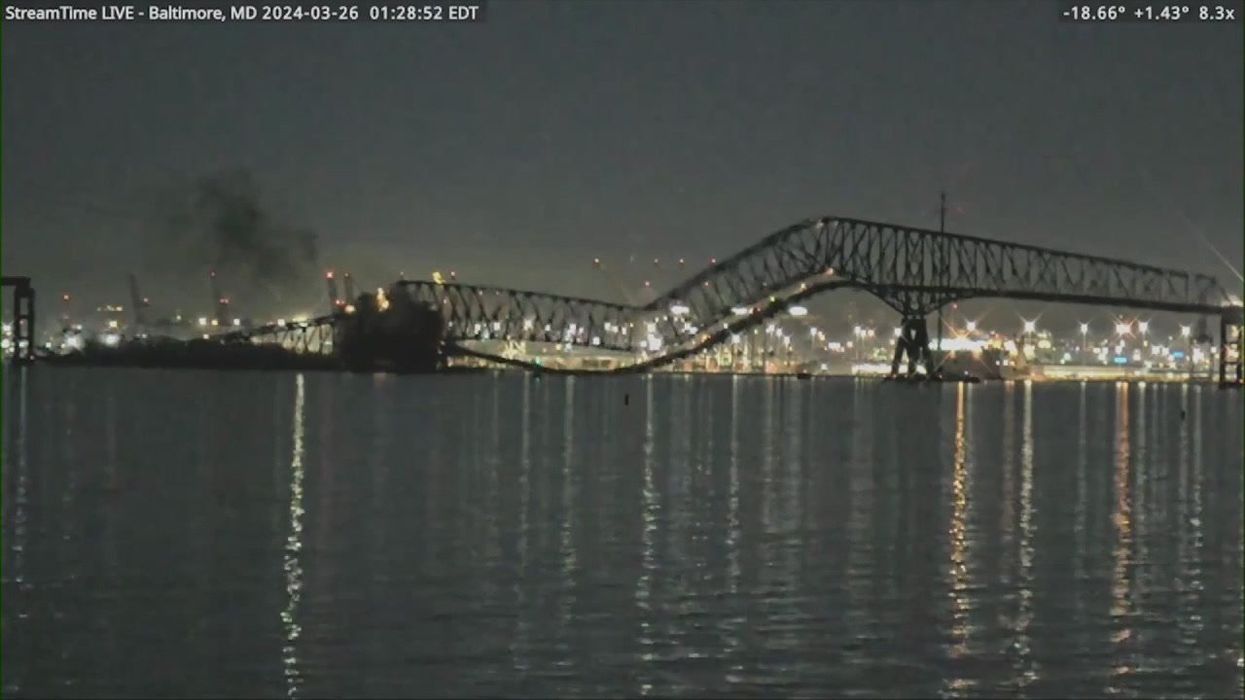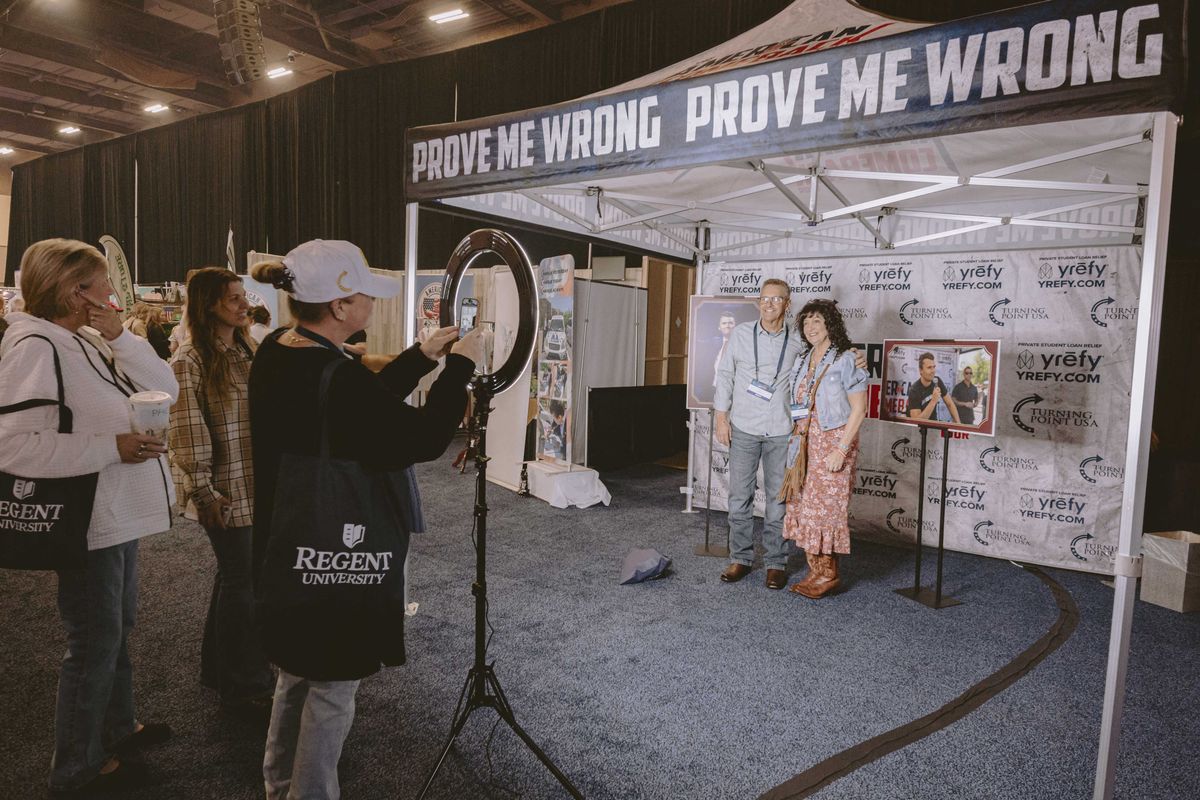Jake Brigstock
Mar 27, 2024
Chicago infrastructure expert provides insight into Baltimore bridge collapse
Fox - 32 Chicago / VideoElephant
Experts have tried to explain why a bridge in Baltimore collapsed so quickly after it was hit by a cargo ship.
Six construction workers are currently presumed dead at the time of writing with the Coast Guard turning a rescue mission into a recovery mission after a huge cargo ship crashed into the Francis Scott Key Bridge on March 26.
The bridge collapsed almost immediately into the Patapsco River upon impact.
There are fears it could cause significant disruption to economy and trade - it's the busiest bridge in the US for car shipments.
Last year was a record year for Baltimore Port in terms of cargo - Transport Topics reports the Port of Baltimore's public marine terminals hit a record high for receiving 11.6 million tons of general cargo in the fiscal year of 2023 – up from a high of 11 million tons in 2019.
The incident has led to a lot of questions: why did the ship hit the bridge? Why was the bridge not protected against impacts like this? And why did the bridge collapse so quickly?
Experts have been trying to explain some of those and shed some light on how this could have happened.
The bridge was built as a 'continuous truss bridge', made out of long steel truss (a triangulated system of straight interconnected structural elements) that goes across the three main spans, rather than having connections on the piers.
Andrew Barr, a research fellow in the Department of Civil and Structural Engineering at the University of Sheffield, is reported as saying: "This is an example of what engineers call progressive collapse, where the failure of one structural element leads to the failure of neighbouring elements, which can't support the new loads placed on them.
"In this case, the collapse of the pier caused the now unsupported truss above it to buckle and fall."
The ship that hit the bridge is called the Dali - it's a huge cargo ship which had a lot of cargo on it at the time of impact and was travelling at a speed that's currently unknown.
Professor Toby Mottram, from the University of Warwick, said the bridge might not have been designed to take such a hit from such a ship because it was designed in the 1970s before bigger cargo ships, such as the Dali, were built.
He said: "Despite meeting regulatory design and safety standards of the 1970s, the Baltimore Key Bridge may not have been equipped to handle the scale of ship movements seen today.
"Modern navigation technologies should have prevented the ship from striking the pier."
Another expert agrees designs might not have been equipped to deal with what could have been such a huge impact in this case.
Lee Cunningham, a reader in structural engineering at the University of Manchester, said: "A vessel's mass and velocity are key factors in the level of impact force generated and there is an economic and practical limit to what level of impact force can be designed for.
"Similarly, the direction of impact is also an important factor and design assumptions for this would likely be based on the position of the dedicated navigation channel."
Mystery remains why the ship hit the bridge but an investigation is currently ongoing to establish the circumstances of what happened and who is accountable.
There have been conspiracy theories doing the rounds about the incident, which the creator of The Wire has blasted as 'submoronic'.
How to join the indy100's free WhatsApp channel
Sign up to our free indy100 weekly newsletter
Have your say in our news democracy. Click the upvote icon at the top of the page to help raise this article through the indy100 rankings.
Top 100
The Conversation (0)













